47+ Sample College Letter of Recommendation
-
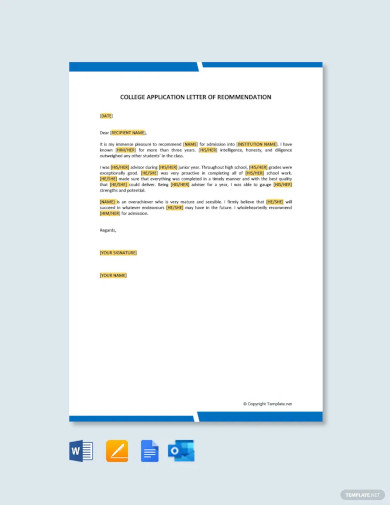
College Application Letter of Recommendation Template
download now -
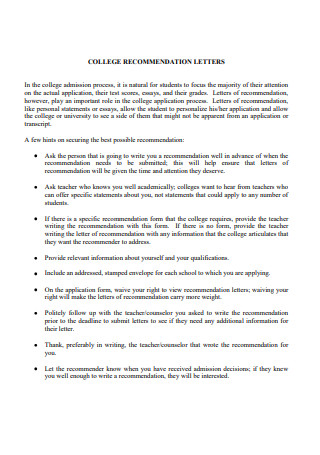
College Personal Recommendation Letter
download now -

Employer Recommendation Letter for College
download now -
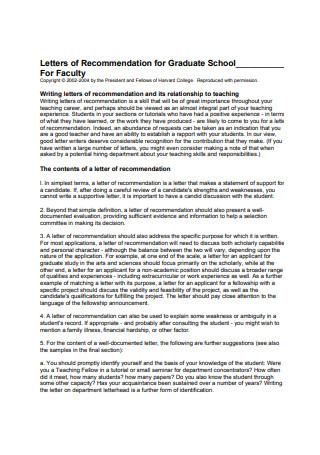
Family Friend Letters of Recommendation for School
download now -
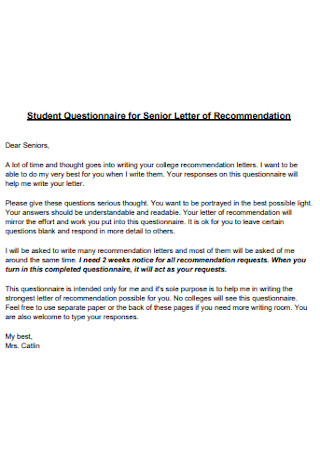
High School Student Letter of Recommendation
download now -
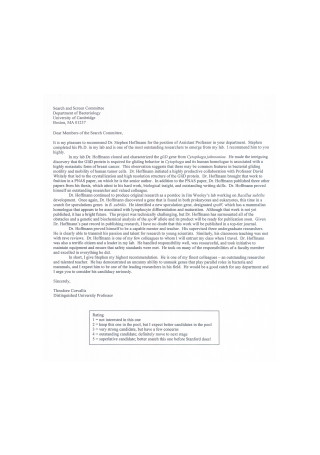
College Admission School Recommendation Letter
download now -
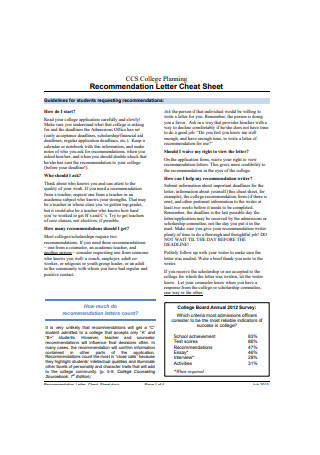
College Planning Recommendation Letter
download now -
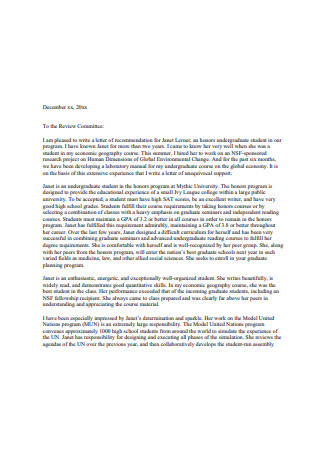
Graduate School Scholarship Recommendation Letter
download now -

Average Student College Letter of Recommendation
download now -
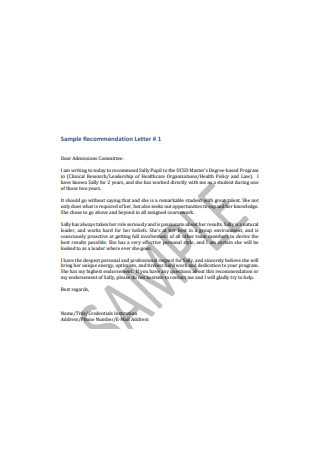
Sample Character Recommendation Letter of College
download now -
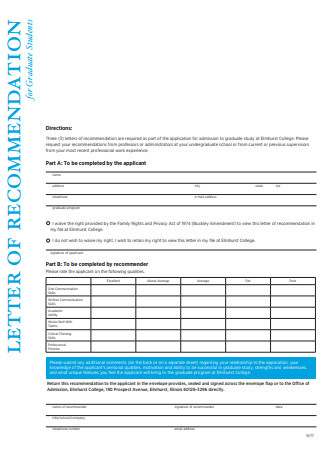
Letter of Recommendation for Family Member Graduate Students
download now -
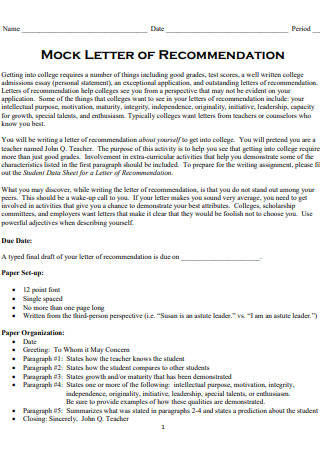
General Mock letter of Recommendation Letter
download now -
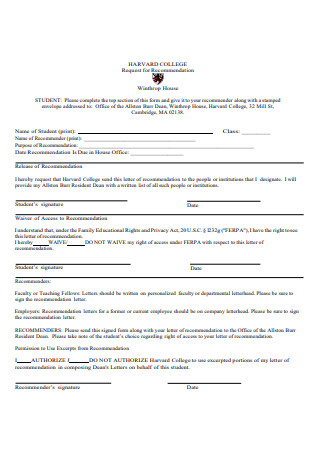
Professional Degree College Request for Recommendation Letter
download now -
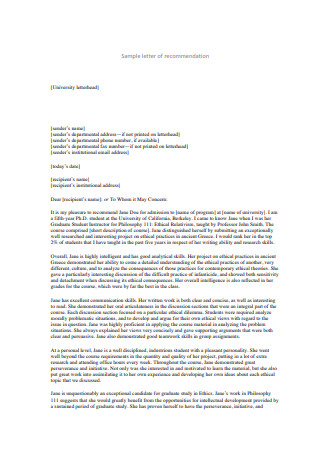
Sample Transfer Recommendation Letter of School
download now -
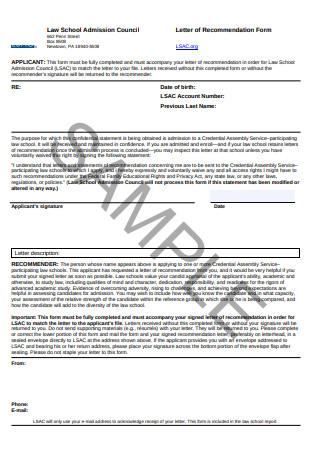
Letter of Nursing Recommendation Form Sample
download now -
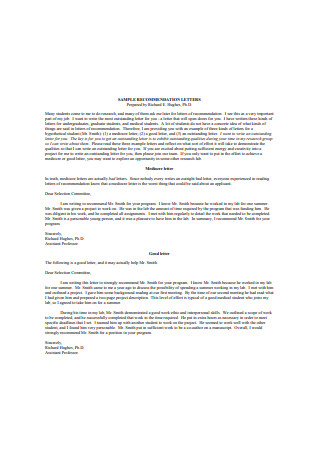
Recommendation Parent Letter for High School
download now -
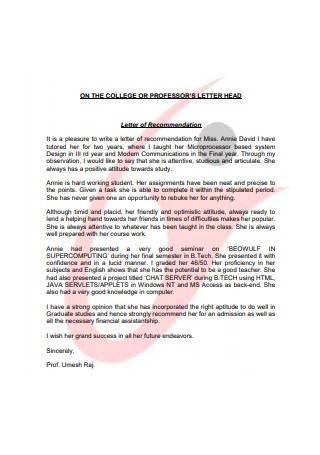
College Professors Recommendation Letter
download now -
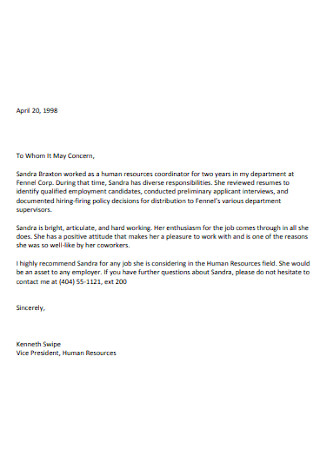
Sample Email Letters of Recommendation High School
download now -
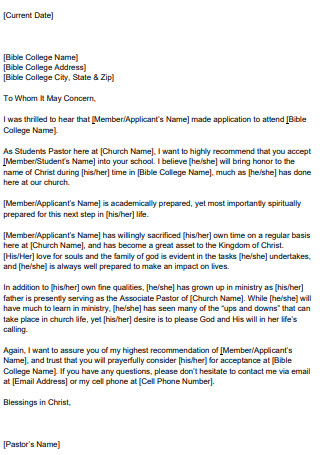
Recommendation Writing to Bible School
download now -
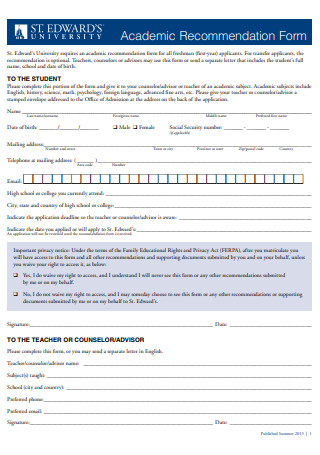
Academic Reference Recommendation Letter
download now -
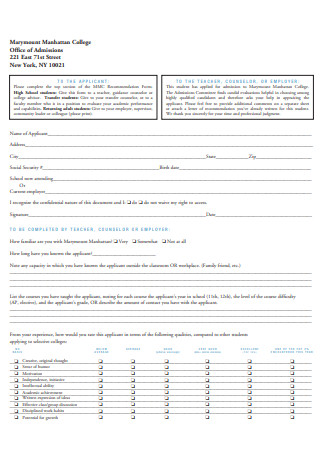
Undergraduate Recommendation Letter for Degree College
download now -
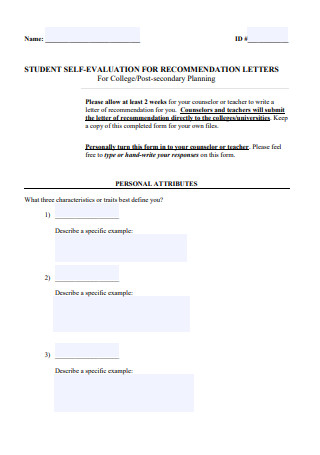
Student Self Evaluation for Recommendation Letter
download now -
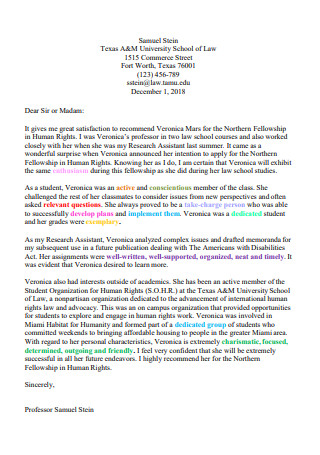
Thank you Recommendation Letter of university
download now -
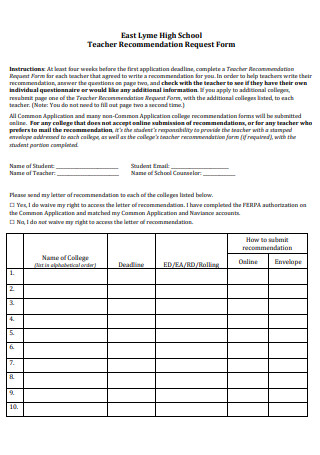
Teacher Recommendation Request Form
download now -
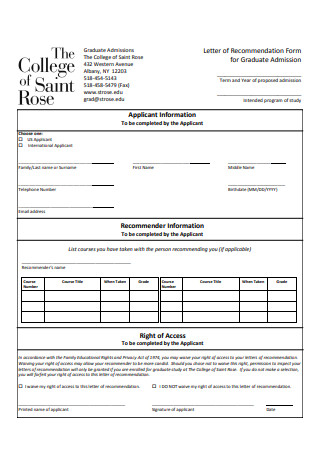
Letter of Recommendation Form for Graduate Admission
download now -
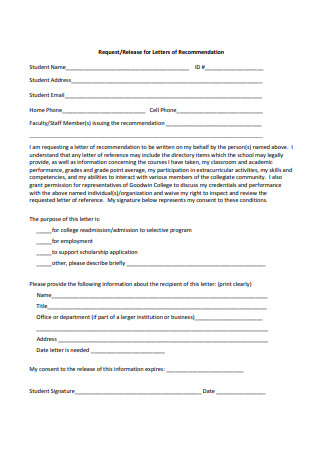
Release for Letters of Recommendation
download now -
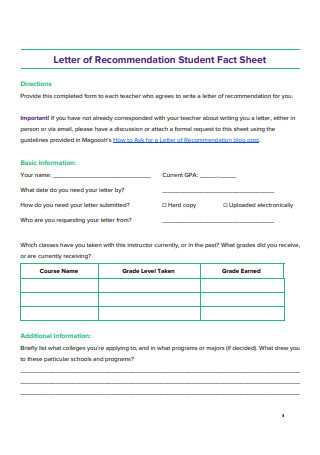
Letter of Recommendation Student Fact Sheet
download now -
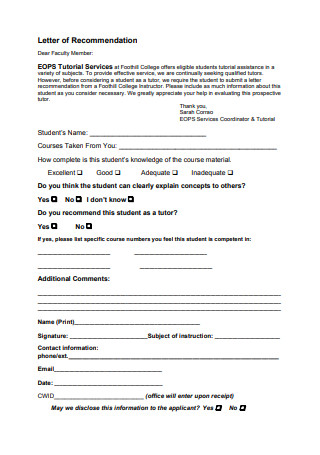
Letter of Recommendation of College
download now -
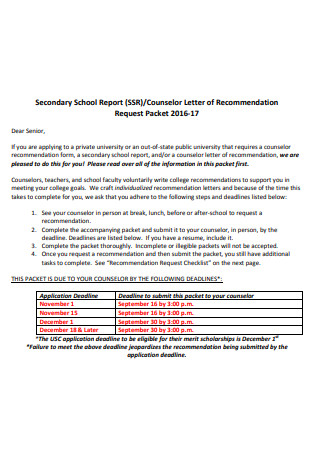
Secondary School Counselor Letter of Recommendation
download now -
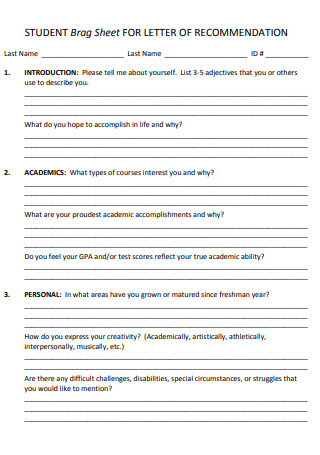
Student for Recommendation Letter
download now -
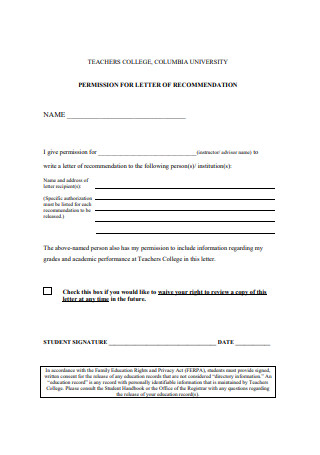
Permission for Letters of Recommendation
download now -

College Recommendation Questionnaire Letter
download now -
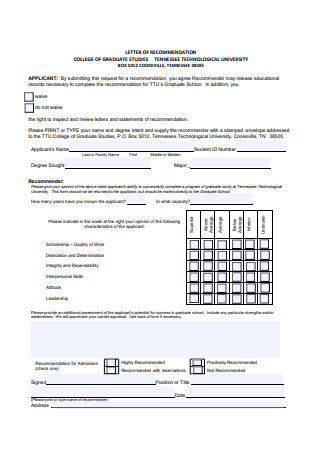
Letters of Recommendation College of Graduate Students
download now -
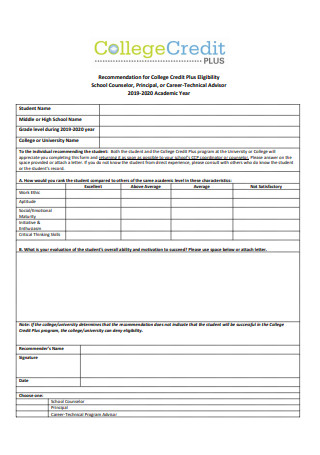
Recommendation of Student for College Credit Plus
download now -
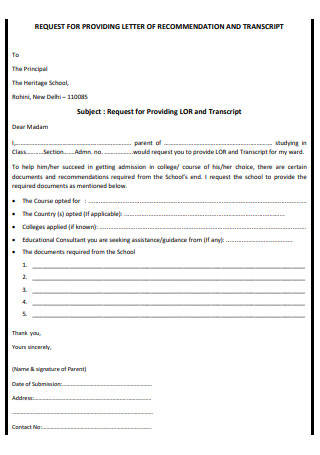
Request for Providing Letter of Recommendation and Transcript
download now -
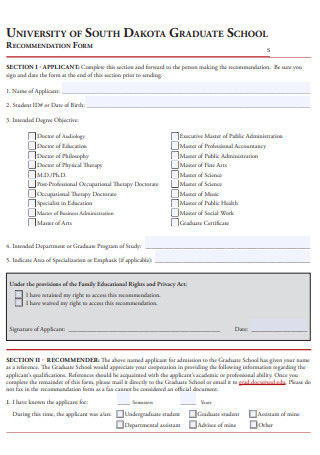
Graduate Student Letter of Recommendation
download now -
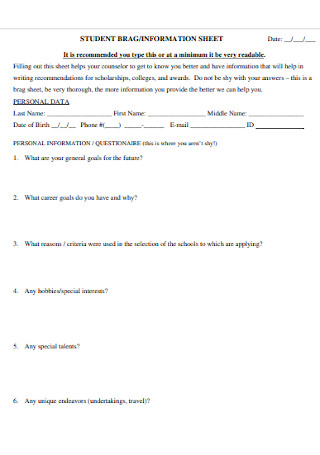
Counselor Letter of Recommendation
download now -

Cover Sheet Recommendation Letter
download now -
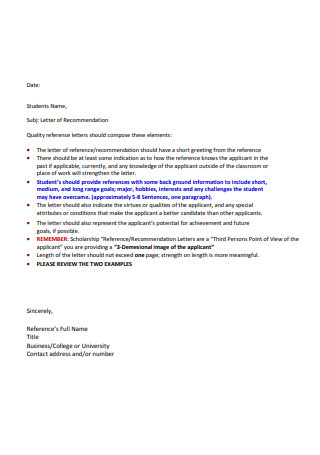
Quality Recommendation Letters
download now -

Penn State School of Music Recommendation Letter
download now -
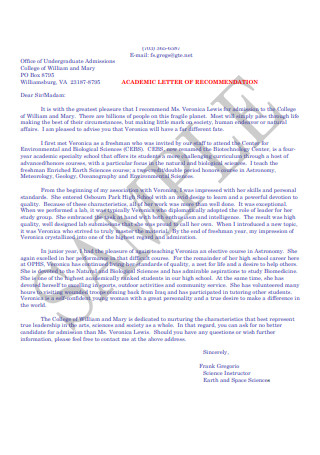
Letter of Recommendation for College
download now -
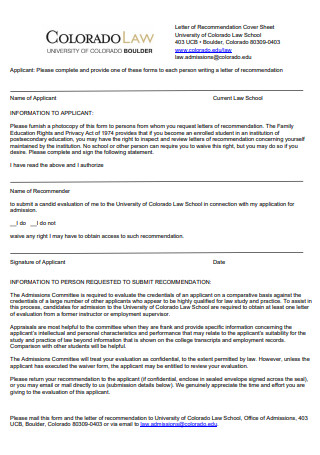
Letter of Recommendation Cover Sheet
download now -
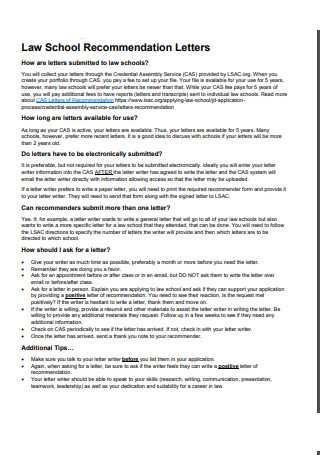
Law School Recommendation Letters
download now -
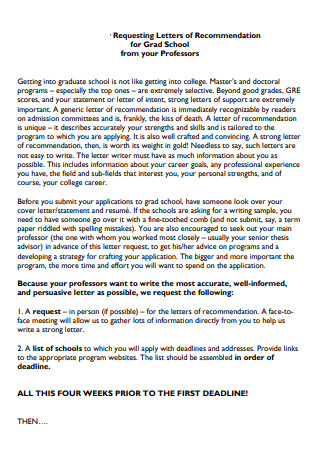
Requesting Letters of Recommendation
download now -

Letter of Recommendation Request Packet
download now -
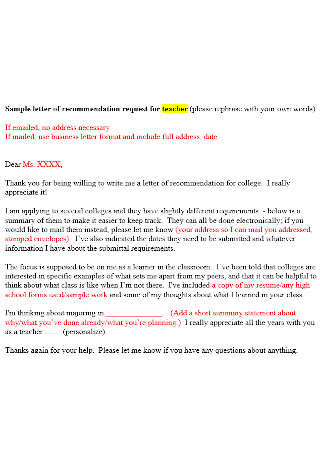
Teacher Recommmendation Letter Template
download now -

College Recommendation Assignment Letter
download now -
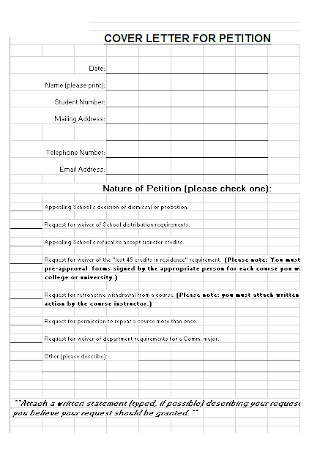
Sample Recommendation Letter
download now
FREE College Letter of Recommendation s to Download
47+ Sample College Letter of Recommendation
What Is a College Letter of Recommendation?
How to Write a College Recommendation Letter
The Dos and Don’ts of a College Letter of Recommendation
“Of 1,364 four-year colleges and universities, 17 admitted fewer than 10% of applicants in 2017.” (Source: Pew Research Center)
“In 2019, college acceptance rates dropped as low as 4.5% for the first time ever.”
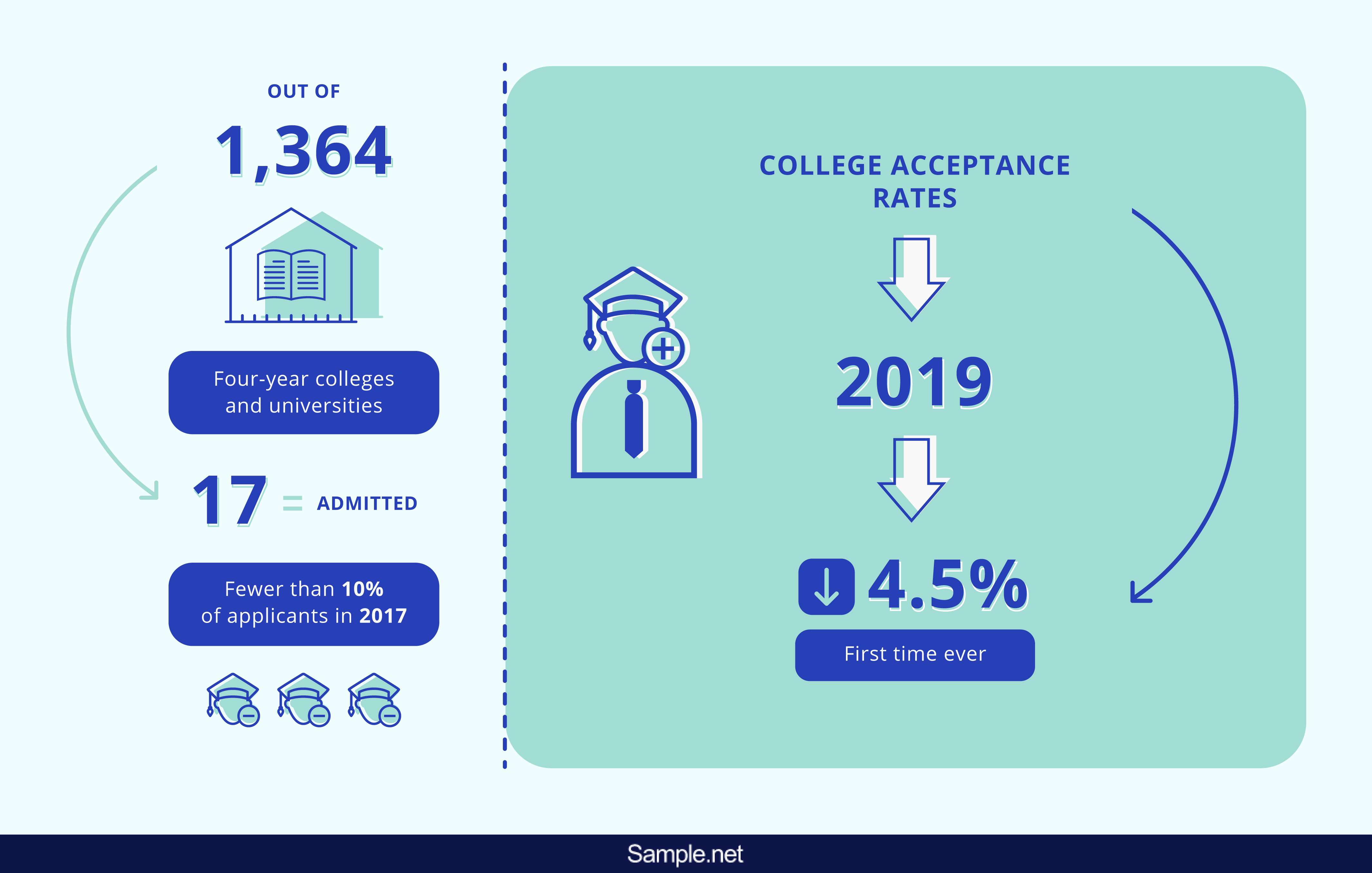
What Is a College Letter of Recommendation?
A college letter of recommendation, also known as a reference letter, is a type of document written by a faculty member, coach, or graduate student instructor to define a high school student’s academic performance. It aims to vouch for the skills, achievements, and aptitude of the individual being recommended. Through the formal letter, the school can get a better sense of who the person is beyond the figures being translated on paper. Letters of recommendation play a key factor in deciding whether a student is a qualified candidate for the academic program he or she has chosen. For most prestigious scholarships, nearly every candidate in the competitive environment possesses outstanding grades and participates in various social and academic activities that are worth recognizing. Because of this, the letter may help school officials distinguish one candidate from the rest of the applicants.
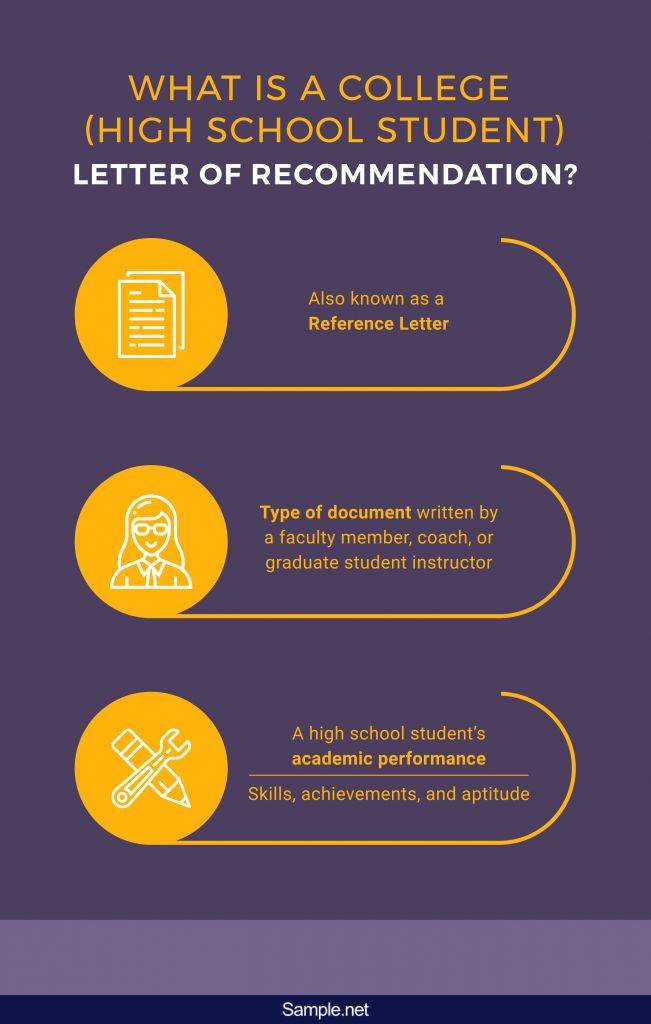
How to Write a College Recommendation Letter
The competition among college applicants gets tighter every year, so you can only expect your students to begin lining up with their letter requests anytime soon. Writing a recommendation letter that is honest and sincere is one way to help your high school students get a better shot with their college applications. It’s one of the best things that a teacher can do as they continue to nurture their students and shape them for the real world. With students hoping to get accepted into some of the most reputable schools in the nation, learning how to write a recommendation letter that can push a reader to a favorable decision is an essential step of the process.
Step 1: Speak with the Student You Are Writing for
It’s okay to ask the student for a list of details regarding their personal and academic accomplishments as well as the extracurricular activities they have joined. You can use this information to formulate a more personal narrative about the person. If you know a student well enough to identify their strengths and abilities, writing a strong endorsement should come easy. Don’t be afraid to meet with the student to learn about their dreams, passions, and outlooks in life. By establishing this connection, your letter will sound more genuine than forced.
Step 2: Open with a Formal Greeting
Like any other formal letter, you need to begin with a proper salutation. “To Whom It May Concern” and “Dear Admissions Representative” are both acceptable in a recommendation letter, as long as you remember to use a colon instead of a comma after it. It’s only appropriate to follow a business letter format to maintain formality. Printing the letter with your school letterhead is even advisable to establish a sense of credibility. While there are no rules that specify its significance, it does make a difference in enhancing the overall appearance of your letter.
Step 3: Introduce the Student
The person you are addressing in the letter might have screened hundreds of recommendation letters before yours. Thus, you need to come up with an opening line that they’re sure to remember. It can be a short story about who the student is and how others perceive them. The full name of the individual must be stated in the first sentence of the paragraph for emphasis. After that, you can settle with their first name for a simple reference. A good strategy that you can try is to point out the student’s most notable characteristics at the very end of the paragraph. It’s a subtle way to draw attention to the story you mention and the qualities that were exhibited by the subject.
Step 4: Write about the Student
In the body of the letter, you can turn your focus to who the student is rather than what he or she has managed to achieve. Test scores, transcripts, and other numbers in the application can say a lot about the applicant, but it’s not the only deciding factor that matters to the admissions representative. Every school has a unique environment that they want their students to fit into, particularly those that belong to one of the few Ivy Leagues in the country. You can write two paragraphs that relate one’s character to academics and extracurricular activities. Anything that’s worth noting and isn’t already presented in your records can be included as the focal points of your letter.
Step 5: End with a Direct Recommendation
Conclude the letter with a direct recommendation for the student you are vouching for. It can be a short, sincere statement that makes your intentions clear enough for readers to grasp. Since it’s always best to personalize these letters, it’s wise to use the name or mascot of the college in the recommendation. But if you plan to use the same letter for multiple college applications, be sure to leave out any references that could possibly offend a competing school. It’s also important to use the full name of the student applying as your final reference to them in the recommendation letter.
Step 6: Close the Letter
Similar to most business letters, the closing remarks of your letter can include your name, title, and school. This will encourage admissions reps to get in touch with you should they have any further questions that they would want to raise.
Finally, take a good look at the letter and decide whether it’s good enough to make a statement. The length of the letter can be between two-thirds and one full, single-spaced page, depending on what you include in its content. If you think the length of the letter is too long to impress the reader, try cutting out words or phrases that aren’t as necessary to the main point of your letter. Oftentimes when recommendation letters are too long, you risk seeming insincere or boring in the eyes of an admissions officer.
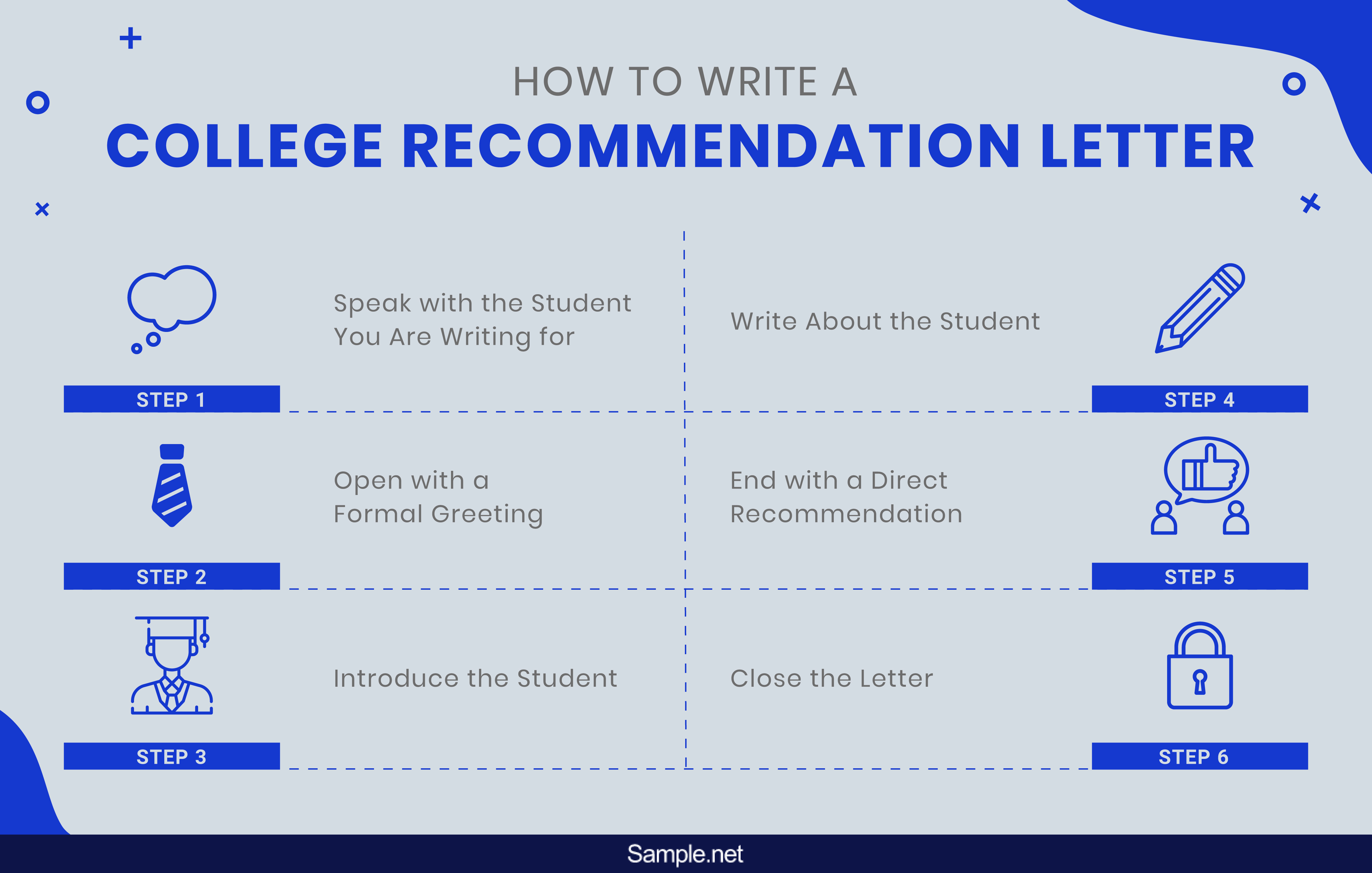
The Dos and Don’ts of a College Letter of Recommendation
Writing a letter of recommendation for a student takes time. What you write can play a valuable role in a student’s search process for the perfect school or scholarship program to fund their education. Although it’s not the only factor that admissions officers consider when making the decision, it does make a difference in their candidacy. With that said, let’s look into the different tips to consider when creating a college recommendation letter for a student’s future academics.
The Dos
1. To determine whether you can make an honest recommendation.
Before even accepting the responsibility of writing the letter, you need to make sure you’re the best person to compose it. Writing a recommendation letter for a student you barely know can be an extremely difficult task to take on. The last thing you would want to do is to build a character that is the complete opposite of who you are referring to. Someone who is familiar with the applicant can easily create a more detailed, and therefore more useful, letter. If you feel that you aren’t the right person for the job, you can politely decline the request or suggest someone more qualified to do it.
2. Do be specific by providing examples.
It’s easy to make claims about a person without having to provide any evidence to prove it. Thus, you’re free to mention examples of the student’s performance in group activities, individual tasks, and other works that can be highlighted in the letter. Work samples are a clear representation of one’s skills and abilities. Telling a story about the applicant will allow the reader to visualize the student as an actual human being and not just a character on print.
3. Do discuss with the student the details of the college application.
It’s always a good idea to gain insights about the recommendation from the student. It can be anything from the institution to the field of study which he or she is applying. This will give you a better sense of how the letter should be written, as well as what to include or exclude from its content. The letter of recommendation must also stress the particular strengths or qualities of the applicant that suit the chosen discipline. These details, along with your knowledge about the student, can be helpful in constructing the letter.
4. Do ask for a due date and other additional details or requirements.
As soon as someone asks you to write a recommendation letter for them, note down the materials that you are required to complete. There could be documents to fill up, deadlines to meet, names to remember, or addresses to deliver the letter to. This is especially important for students that are applying to more than one institution. The applicant may supply you with relevant materials for different schools. Some institutions even have special envelopes or folders that students can use to send in their applications.
5. Do be both honest and positive.
Obviously, saying negative things about a student will negatively impact his or her chances of getting accepted. Every institution has its own standards to uphold, so the last thing an admissions officer would want to do is to offer a slot to someone who could potentially hurt the school’s image. You need to be careful about your tone of writing and choice of words. If you find it difficult to say something good, ask the student to find someone else to write the letter. It’s better to disappoint someone over your refusal to write the letter than to jeopardize their chances of getting into their school of choice.
6. Do keep the letter flawless and professional.
Remember to proofread the letter before sending it. It must be neat, typewritten, and free of any spelling or grammar errors. A college letter of recommendation that is sloppily presented can make the wrong impression on a recipient. Check the letter for any mistakes that need to be corrected. You can even ask a friend, colleague, or family member to review the letter for errors that might have been missed. Make all the necessary revisions until it finally hits all the right points. Keep in mind that your reputation and credibility as an educator are reflected in the letter, so be mindful of what you write.
The Don’ts
1. Don’t use vague, overly used words or phrases.
If an admissions representative could take a shot for every time the words “satisfactory,” “meaningful,” or “challenging” were used in all the recommendation letters he ever received, he’d probably be in the hospital by now. There’s nothing wrong with these words, but they tend to lose their meaning after being used for one too many times. If you want to make a strong recommendation, think of other ways that could make the letter stand out. It’s not about the number of adjectives you use to describe the applicant, but the weight of the statement as it tries to portray a student in the best way possible.
2. Don’t sound hesitant.
When a salesperson attempts to sell a product to a prospect, he has to believe that the product is fully capable of answering a need. In the same sense, you need to feel confident about the applicant you are writing about. Some words can imply a sense of doubt that admissions reps will notice. For instance, saying “I hope” instead of “I am confident” or “I am sure” can give off an entirely different meaning than what you intended. It’s important to be stern with your words to help establish credibility.
3. Don’t reference characteristics that may be the basis of discrimination.
Perhaps it was never in your intentions to do so, but referring to characteristics that tackle one’s race or nationality, ethnicity, disability, age, gender, religion, appearance, or political standpoint can be construed as discriminatory. It may also be deemed offensive to readers who find the topic too sensitive to point out while profiling a student. For example, saying things such as, “Derek did very well in the activity in spite of his obvious disabilities that could have hindered him,” can send the wrong message.
4. Don’t exaggerate your claims.
You don’t want to set the bar too high by overselling your subject. While it’s only natural to want to put the person you are pitching for in a positive light, the data in the student’s college application speaks for itself. It’s important to consider what’s already on paper and to use this information for your reference. It’s even easier when you’re talking about a student that has exhibited exemplary performance under your advisory.
5. Don’t make it about you.
You might feel compelled to prove your credibility as an instructor, but there’s no point in listing your achievements if it’s the last thing that readers care about. A student letter of recommendation is no place for your autobiography. The letter should only offer a general overview of who you are and your relation to the student who is applying. Your qualifications for recommending the applicant may include your years of experience as an educator along with other details that are worth emphasizing.
6. Don’t address the letter to a specific school.
Even if students have their eyes set on a particular institution, it doesn’t mean it’s the only school they’ve considered applying for. Students are likely to apply at different colleges and universities across the country in hopes of getting accepted in at least one of those options. Hence, avoid addressing the letter to the student’s top choice. It would be awkward if the reps over at Stanford read a letter that talks about how much the student would love to study at UCLA. Recycling old letters from your former students is also a bad approach. If the admissions officer recognizes the letter from a year-old application, you can bid the opportunity goodbye.
With application season closing in, knowing how to write a college letter of recommendation is crucial. You want to make sure your students see the fruit of their labor by offering the support they need to bring them closer to their dreams. You might find yourself with dozens of letters to finish by the end of the week. So to help you efficiently manage your time, consider using a recommendation letter template that you could easily revise for each student. It may seem like a stressful task to complete, but there’s nothing more fulfilling than seeing your students succeed in their respective paths.
